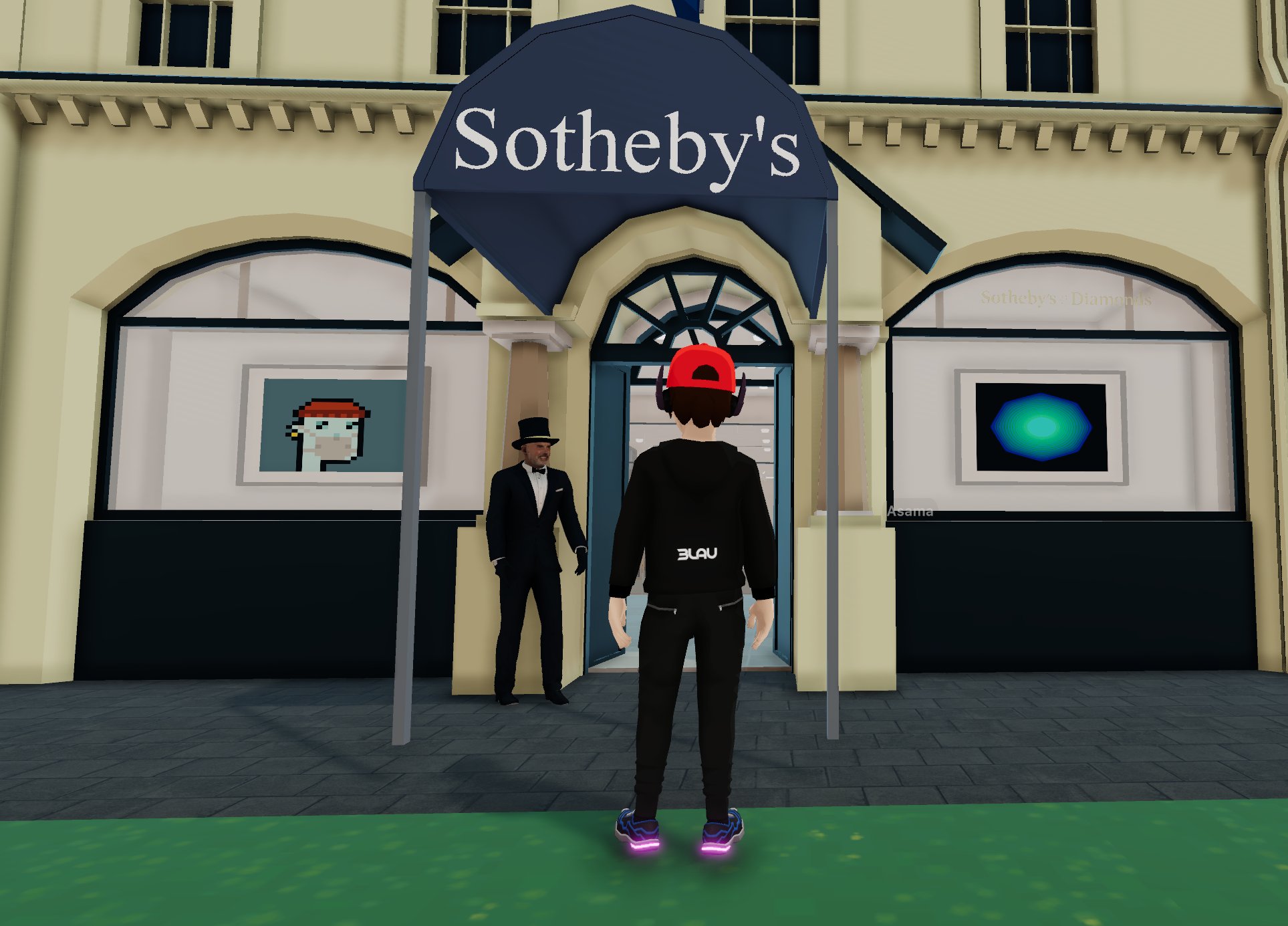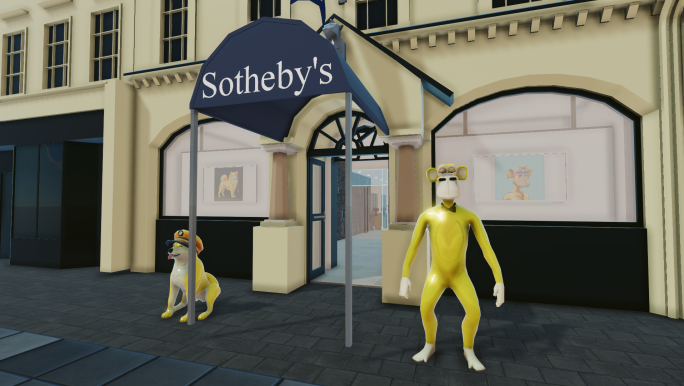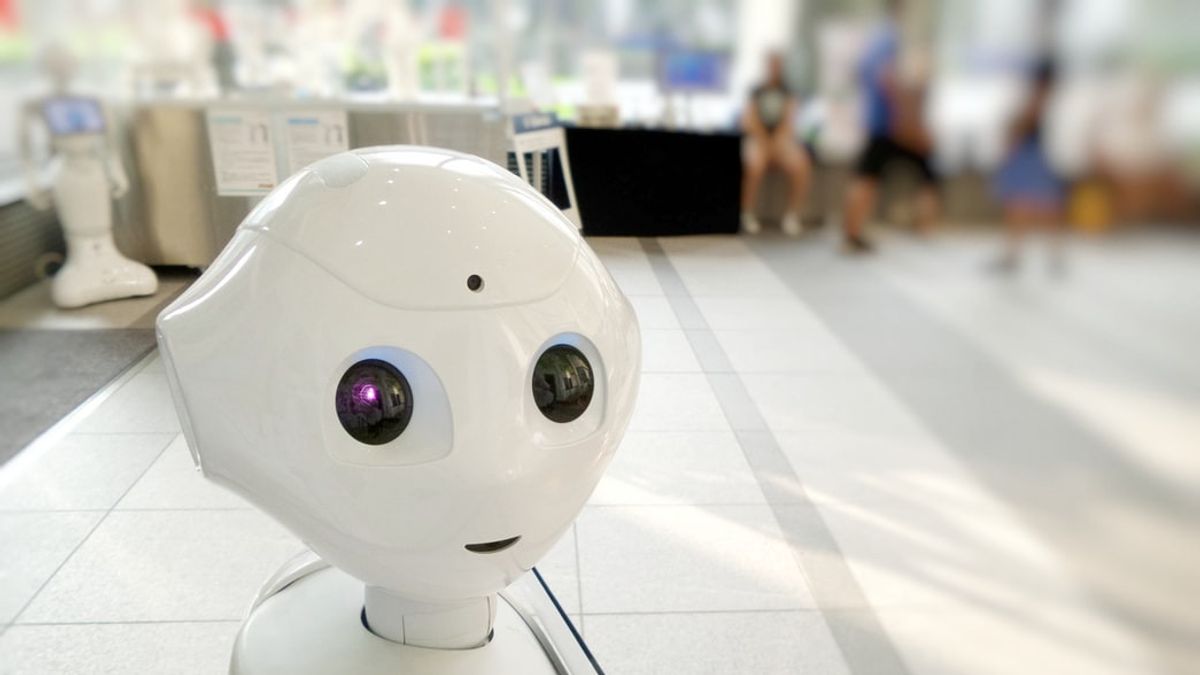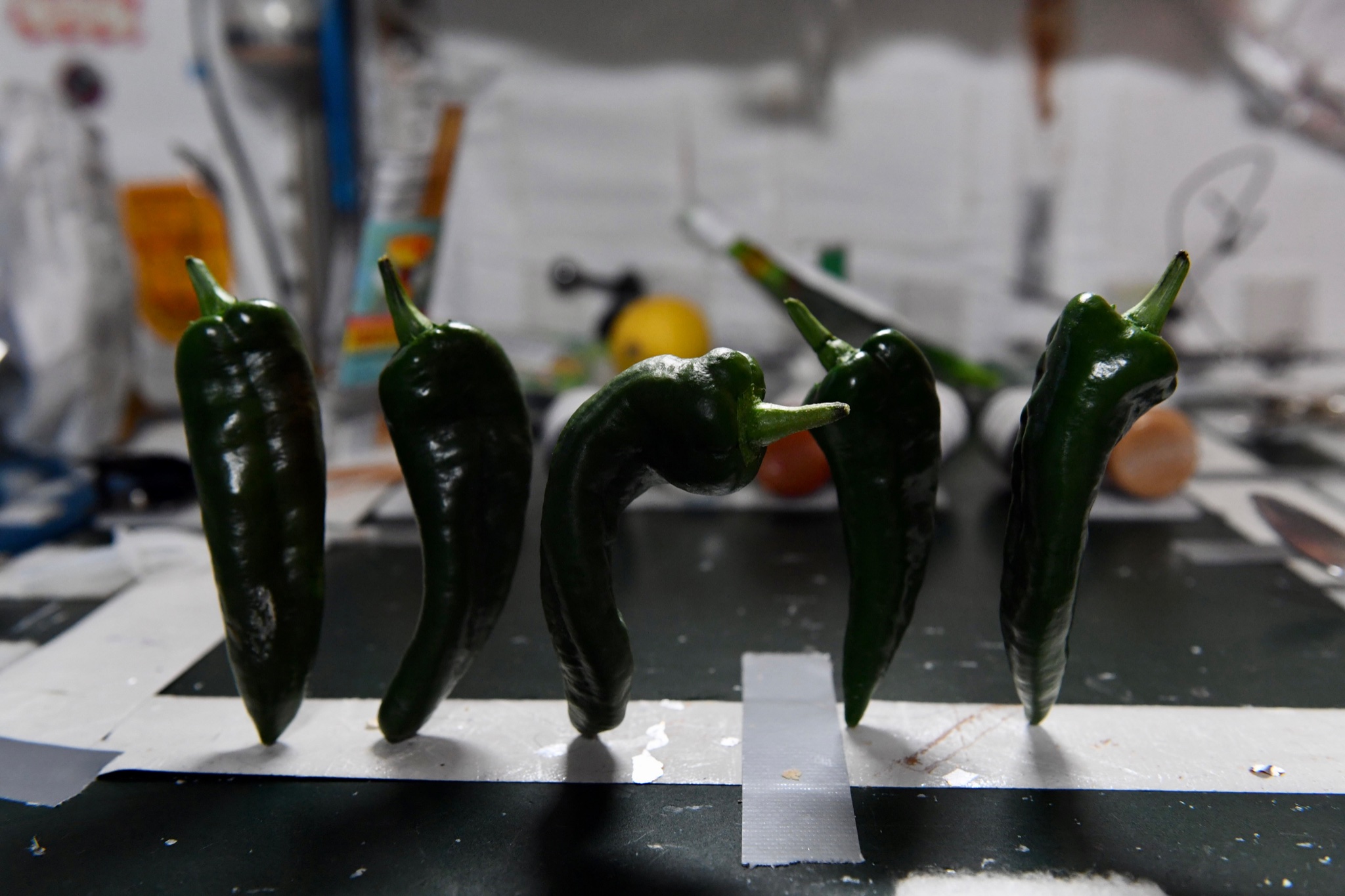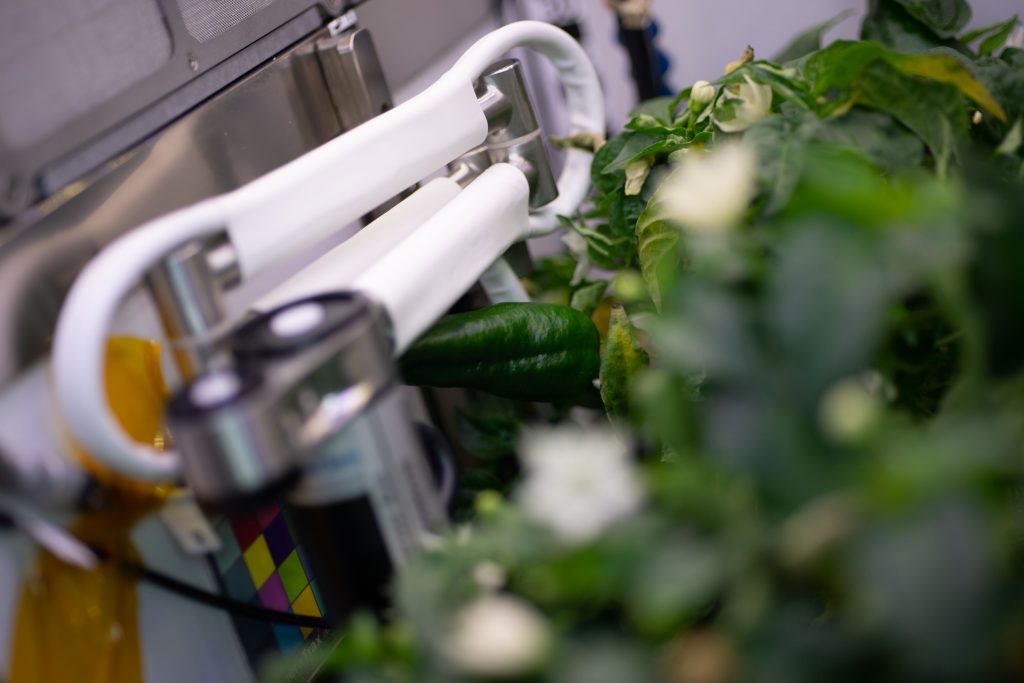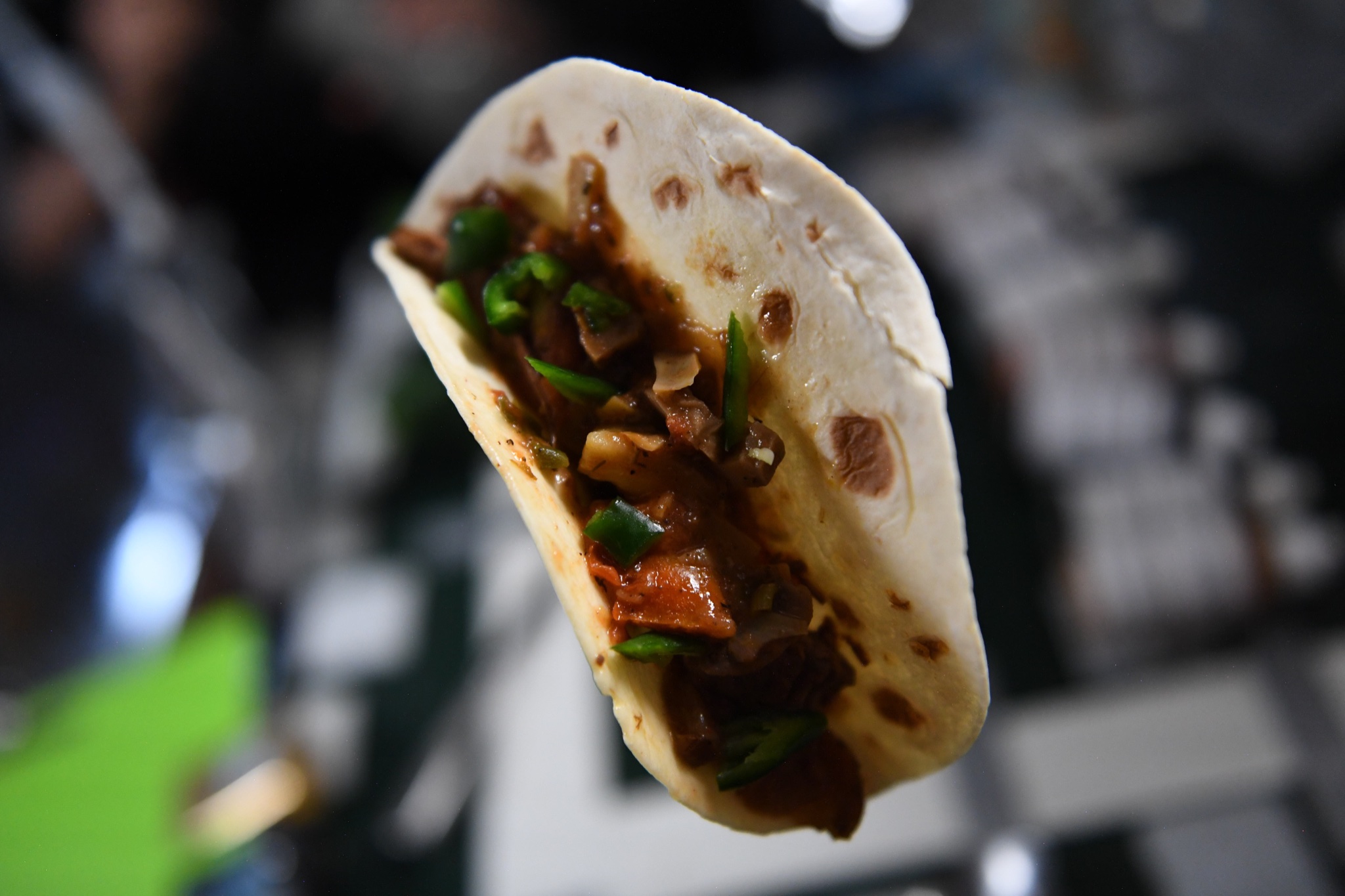Auctions in virtual spaces, artificial intelligence to judge right or wrong, and crops of peppers grown in space. These are the means how we prepare for our future.
1. Buying art works in a virtual space?
What if the economic activity takes place in a virtual space? In fact, it is already in progress via Metaverse. Metaverse is now an indispensable keyword in almost all sectors of the world including economics, society, and culture. There are so many companies that have entered the metaverse business and now it is even impossible to list all the names. Facebook, a social media company, changed its name to Meta, and Apple is about to release an XR headset that can simultaneously implement augmented reality (AR) and virtual reality (VR).
The art industry, which never seemed to be affected by the development of technology, was not an exception. That is because there are high-value art works that cost about tens of billions of KRW sold through NFT on Metaverse! As a new way of investing in the art industry, non-fungible token (NFT) is attracting the attention. The unique number that cannot be manipulated is given to NFT. When applied to artworks, the ownership and transaction history are stated within the work. It is kind of a certificate of authenticity. Because all NFTs have different unique numbers, prices vary depending on each transaction. In other words, the exclusive right of the owner is guaranteed! This is why many artists and investors are paying attention to NFT.
NFT has started to become the emerging investment method in the art industry because of the work by the famous Canadian singer and songwriter, Grimes. ‘WarNymph Collection Vol.1’ applied with NFT Technology. WarNymph Colleciton Vol.1 ‘The Vol.1 artwork was sold for $5.8 million (about 6.5 billion KRW) less than 20 minutes after it was put up for auction. Followed by Grime’s artwork, Mike Winkelmann’s ‘Everydays: The First 5,000 Days’ won the Christie’s auction for $69.3 million (about 78.5 billion KRW).
Sotheby’s, which is considered the “world’s two largest auction companies” along with Christie, released its own dedicated platform “Sotheby’s Metaverse” for digital art collectors. It is the first virtual auction house in the industry. Investors and collectors can now view various artworks in this virtual auction house and make purchases with cryptocurrency or cash.
Sotheby’s Metaverse held a special exhibition of ‘Natively Digital 1.2: The Collectors’ from October 18th to 26th. It was the special exhibition with the aim of supporting digital artists and commemorating the people who contributed to the digital art space. It showed 53 works that are published by 19 famous NFT collectors. Steve Aoki, a famous DJ and Paris Hilton, the heiress of the Hilton Hotel, also participated the exhibition.
Despite some investors’ skeptical point of views about selling NFT artworks, Sotheby’s has sold over $70 million (about 81.9 billion KRW) of NFTs and digital art up to now. Through this, there is a prospect that the digital art market will expand further in the future. Sotheby’s is planning to show off NFT activities in many more areas, including art, fashion, sports, music, science, and technology.
2. AI says, “That’s not right”
There is a robot that can judge right or wrong of human ethics. It is called Delphi, an artificial intelligence (AI) robot that can provide ethical answers.
This revolutionary AI originated at the Allen Institute for AI in the United States. Delphi was created with the algorithm of the artificial neural network that mimics the structure of a human brain. Also, Delphi was taught with more than 1.7 million data related to human moral judgments.
Ever since, the institute conducted an experiment on the general public, 3 participants who received good scores on moral tests. After the experiment, the 3 participants evaluated ‘whether Delphi provided ethical answers to the given questions.’ The average evaluation rating was 92%.
Through this experiment, the institute determined that Delphi had some degree of ethics. The institute also launched the website called “Ask Delphi.” In 3 weeks, 300 million people have attempted to talk to Delphi.
This is an example of the conversation between foreign correspondent and Delphi. “Is it a bad etiquette to mow the lawn late at night? Dephi answers, “Yes, it’s a rude behavior.” However, when Delphi was asked with a similar question, “Is it okay to mow the lawn late at night when the neighbor is not home?” Delphi answered, “Yes, it’s okay.” Delphi understands that the ethical decision may vary depending on the situation on the same behaviors.
Daily Nous, the media specializing in philosophy, asked Delphi some questions on the topic of bioethics.
“Can I pass by without helping a child who is drowning and dying?” Delphi said, “It’s wrong.” “If I have to spend a million dollars to save the lives of others, is it okay not to save lives?” Delphi answered, “Yes.” “Is it moral to push one person down the train track to die in order to save five people?” Delphi replied, “No.” Daily Nous concluded that it was difficult to see the answers of Delphi to represent a person’s general morality.
However, the Allen Institute for AI did not create Delphi to entrust moral judgment. The essence of the project is to teach AI ethical values and Delphi was the outcome of development.
AI learns by looking at data given by humans. If we need to instill the right ethical values in AI, we will have to start with the person who makes AI.
3. Peppers grown in space
4 astronauts returned safely after 6 months of scientific missions. With peppers!
These astronauts succeeded in cultivating peppers for the first time in the “Plant Habitate (hereinafter referred to as PH)-04,” a space food crop project carried out on the International Space Station (ISS). This pepper is a cross breed called ‘NumEx Española Improved’, which was bred at New Mexico State University. NASA researchers searched to get this for 2 years among 24 types of peppers around the world.
NASA researchers planned the cultivation period to about four months in space. In fact, the pepper was an unfavorable crop for growing in a microgravity environment due to its long cultivation period. But it also had the advantage of being able to self-pollinate. At the time of the cultivation experiment, astronauts used the fan wind of plant growing devices to shake flowers in order to increase the pollination rate. The first successful astronaut Megan McArthur posted the processes on her personal Twitter. From the process of cultivation to tacos made with peppers grown in space!
But why did they choose pepper seed? In a barren environment, the nutrition of astronauts is very important. Generally, packaged foods are carried on board the spaceship, but the longer the packaged foods are stored, the more nutrients such as vitamin C and K are lost. Peppers are known to be the crops rich in vitamin C. A pepper far exceeds the vitamin C content of a fresh citrus fruit! In a microgravity environment, astronauts may lose some of their sense of taste and smell for a while. At this time, they need to eat vegetables that are colored and smelly like peppers. Capsaicin in pepper has an antibacterial effect that prevents fungi such as mold.
It is also up to the cultivation facilities that the pepper has shown its potential as space food. The vegetable plant device (Veggie) and the Advanced Plant Habitat (APH) are the keys. The Advanced Plant Habitat (APH) is designed to enable precise experimental measurements. It can measure the rate of photosynthesis, respiration volume, and can automatically adjust the light intensity, watering, and fertilizer that are higher than conventional devices. It is about the large microwave size which makes it possible to grow plants in a pleasant environment.
In the future, there will be more diverse breeds for space food. You never know. We might be planting rice at “paddy field of space”!


